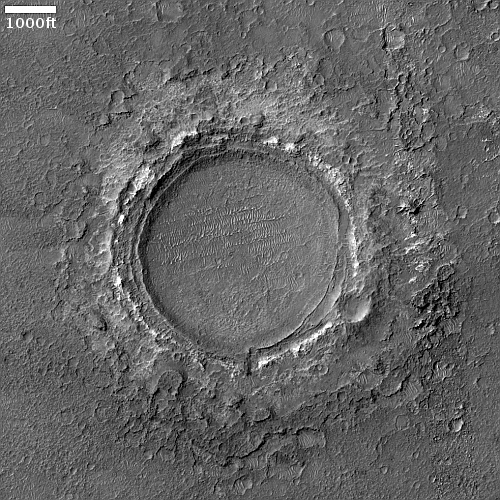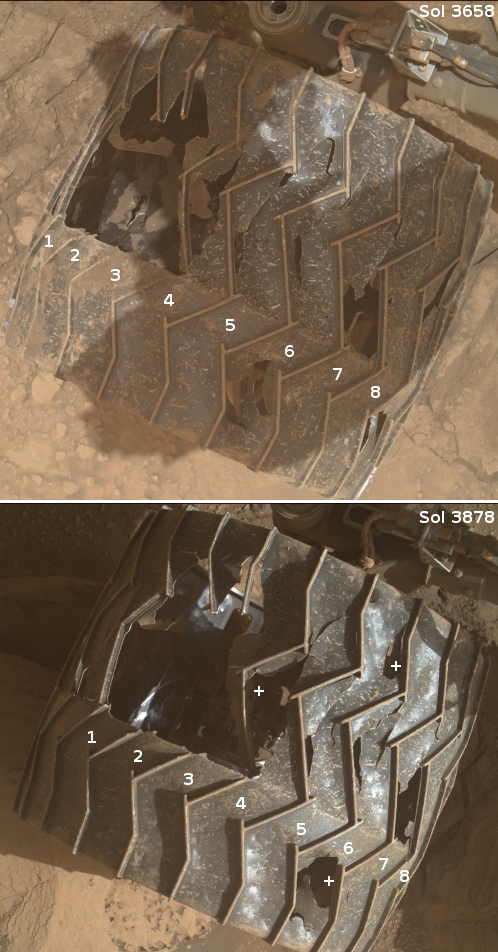The coming rise of an American royal class, as incompetent and as privileged as all past royalists

A modern Ivy League education: “But Brawndo’s got what plants crave.
It’s got electrolytes!”
The move by the general public away from public schools and universities has become well documented. I have noted this movement in a number of essays, the most recent of which in February showed with ample evidence that these government schools have done such an excellent job of smearing their own reputations so thoroughly that parents and students are fleeing from them in record-breaking and unprecedented numbers.
Similarly, Glenn Reynolds in an essay last week about the recent Supreme Court decision outlawing the use of racial quotas in universities noted this trend as well, and how the Court’s ruling only reinforced the decision by many to avoid these institutions and their routine bigotry.
[W]ho trusts higher education anymore? At the turn of the millennium, when Grutter [a 2003 Supreme Court decision that narrowly allowed university racial quotas] was decided, American higher ed was at its zenith. Since then a series of scandals – just today a famous “ethicist” at Harvard was charged with fraudulent ethics research – has undermined its reputation for probity (and the Hollywood admissions scandal of a few years back certainly undermined the perceived integrity of its admissions process), even as everything else about universities came to seem less serious. With 57 genders, coloring books and crying rooms for election results, endless crusades against “whiteness” and “heterosexism,” and the like, the notion of deferring to the educational seriousness and expertise of those in charge of the asylums of higher ed seemed much less appealing. Whom the gods would destroy, they first make ridiculous. But higher education has supplied the ridiculousness itself.
Both Reynolds and I missed however a much more fundamental point that was then made by one of the commenters to his essay. It isn’t so much that ordinary people are fleeing established universities for other colleges, it is that ordinary people are deciding in increasing numbers to forego a college education entirely, concluding that it is a waste of time. As this commenter noted:
» Read more












